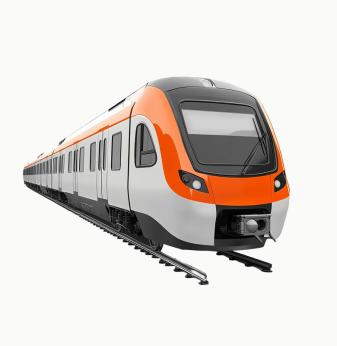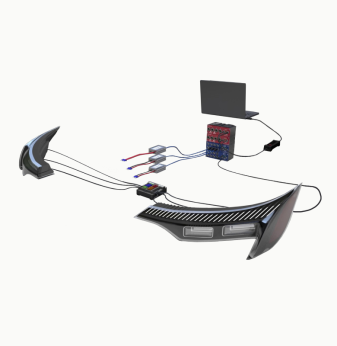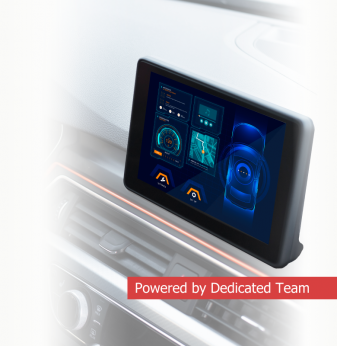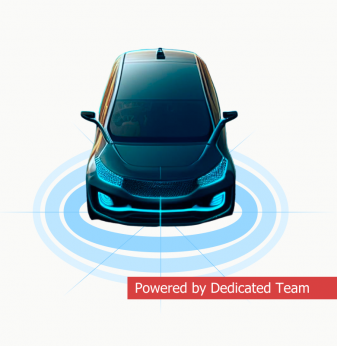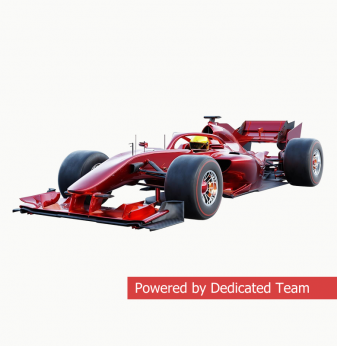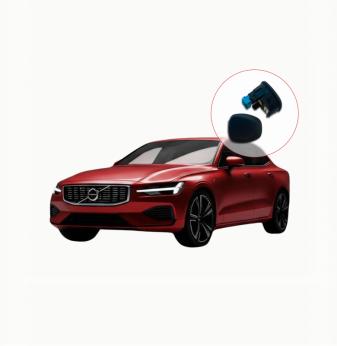Integrated Ticketing Systems for Urban Mobility
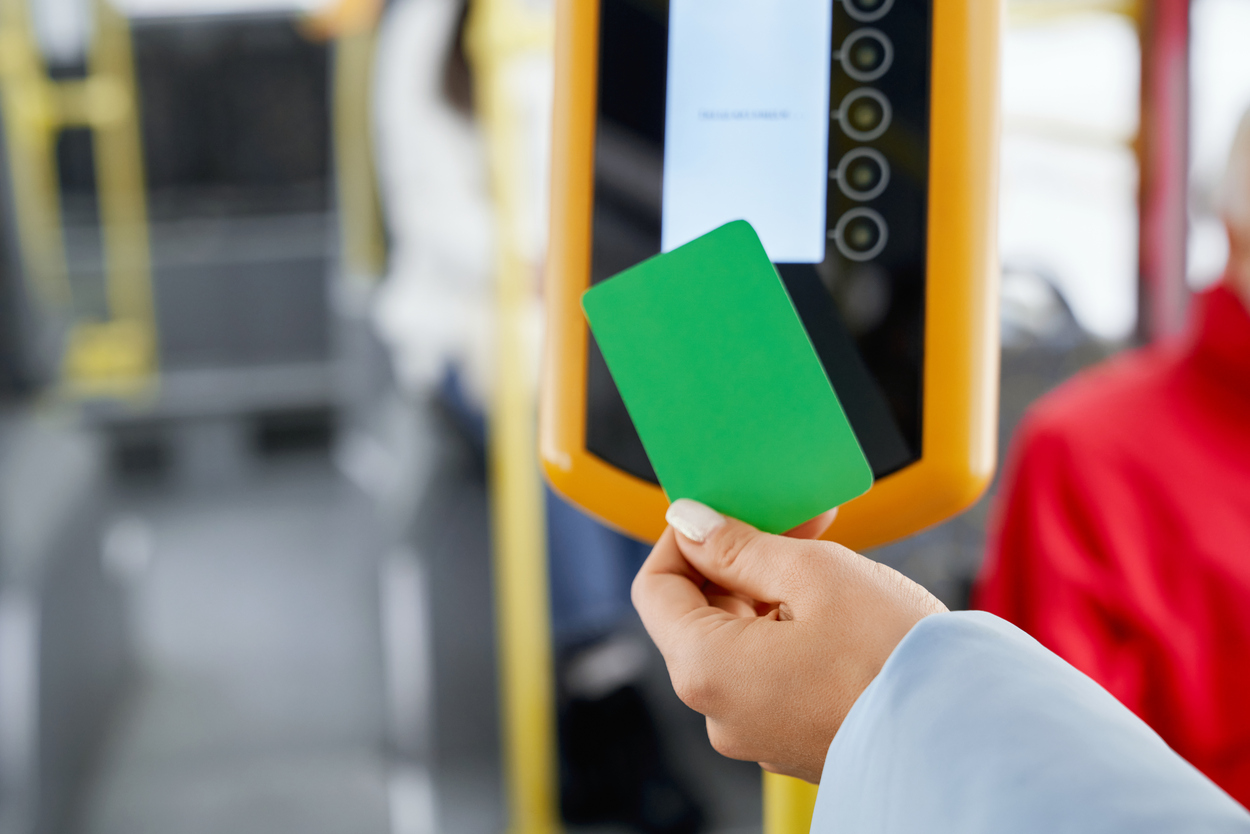
Urban mobility is changing fast, with cities worldwide adopting integrated ticketing systems to make public transport more efficient and user-friendly. No more juggling multiple tickets and payment methods, passengers can now use one digital payment platform to access buses, trains, trams and even shared mobility services.
This article looks at integrated ticketing development, benefits, key technologies and challenges.
Why Integrated Ticketing Systems Are Essential for Cities
With urbanization on the rise, cities face growing demand for seamless public transport solutions. A fragmented fare system discourages public transport use, making urban mobility inefficient. Integrated ticketing solves this problem by allowing passengers to travel across multiple modes of transport with one fare system.
Benefits of Integrated Ticketing:
- Convenience – Users can switch between buses, trains and metro without buying multiple tickets.
- Faster boarding – Reduces queues and delays at ticket machines and kiosks.
- Cost efficiency – Encourages passengers to use public transport by offering discounts and capped fares.
- Data-driven insights – Helps transport authorities optimize routes, manage demand and improve efficiency.
Core Technologies Behind Smart Ticketing Systems
A modern urban mobility ticketing system uses several key technologies to ensure seamless payments and secure transactions.
1. Contactless and Mobile Ticketing
Passengers can pay using contactless credit/debit cards, NFC-enabled smartphones and QR codes. Contactless ticketing reduces cash handling, improves hygiene and speeds up boarding.
2. Open-Loop and Closed-Loop Ticketing
There are two main approaches to digital fare collection:
Open-Loop allows passengers to pay using bank-issued contactless cards or mobile wallets.London’s Oyster system transitioning to contactless bank cards.
Closed-Loop uses dedicated transport cards, requires users to pre-load money.Hong Kong’s Octopus card or Japan’s Suica card.
While open-loop ticketing systems are more accessible, closed-loop solutions offer more control for transport operators. Many cities are now adopting hybrid models to combine the best of both worlds.
3. Multimodal Ticketing and Mobility as a Service (MaaS)
An integrated system should support various urban transport ticketing options, including:
- Buses and trains – Core public transit networks.
- Trams and ferries – Essential in many cities with waterways.
- Bike and scooter sharing – First- and last-mile connectivity.
- Ride-hailing services – Integration with Uber, Bolt or Lyft for seamless urban mobility.
Multimodal ticketing combines these options into one payment solution, making Mobility as a Service (MaaS) a reality.
4. Blockchain for Secure Transactions
Blockchain technology is gaining traction in transport ticketing software to improve security and transparency. It enables:
- Tamper-proof ticketing records to prevent fraud.
- Decentralized payment verification for seamless transactions.
- Smart contracts for automatic fare adjustments and refunds.
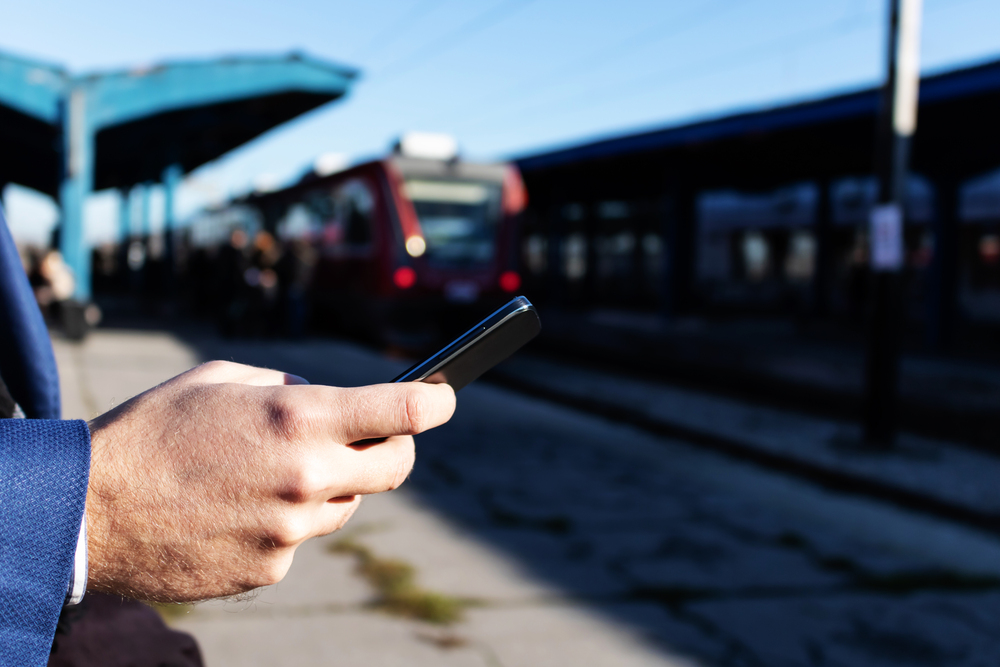
Challenges in Implementing Integrated Ticketing Systems
While integrated transport payment solutions have clear benefits, there are significant challenges to overcome.
Different transit operators use incompatible ticketing systems.Standardized APIs and collaboration between operators.Cybersecurity risksDigital payment systems can be hacked.End-to-end encryption and blockchain for secure transactions.Regulatory complianceCities have different transport policies and fare structures.Flexible fare management solutions with compliance modules.High initial investmentUpgrading ticketing infrastructure requires funding.Public-private partnerships (PPP) to share costs.
Case Study: Smart Ticketing in Action
Many cities have already implemented smart ticketing systems. One example is Singapore, which has gone fully contactless across its public transport network.
Singapore’s Smart Ticketing Success
- Contactless ticketing with bank cards and mobile payments.
- Multimodal integration including buses, MRT (metro) and LRT (light rail).
- Fare capping system so users never pay more than the daily maximum.
- Real-time data analytics to optimize transport routes.
This is a model for other cities to follow in automated fare collection.
Future of Urban Mobility Ticketing
Looking ahead, ticketing systems will evolve with AI, IoT and cloud computing.
Trends:
- AI-powered dynamic pricing – Fares that adjust in real-time based on demand and congestion.
- Facial recognition ticketing – Hands-free, secure identity-based fare payment.* 5G ticketing – Faster and more secure mobile ticketing.
- IoT vehicle tracking – Real-time vehicle tracking integrated with ticketing apps.
End
Integrated ticketing systems are the foundation of modern urban mobility. With smart ticketing, cities can optimize public transport, improve passenger experience and reduce costs.
From contactless ticketing to MaaS, public transport is going digital, connected and data-driven.
For transport operators and technology providers, next-gen fare collection systems will be the way to go.

